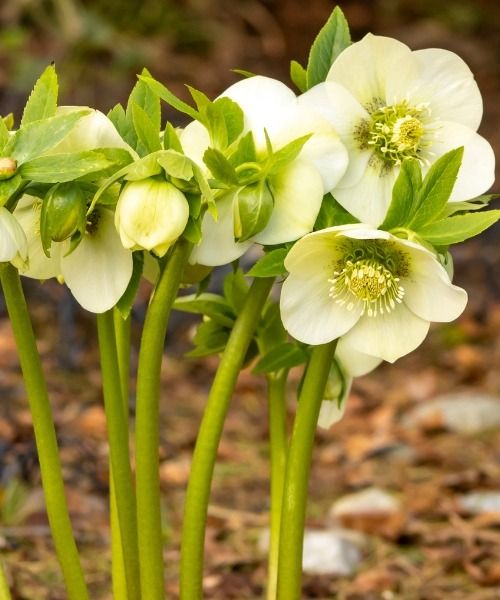Ferns by variety, all our special offers
Would this plant suit my garden? Set up your Plantfit profile →
Available in 1 sizes

Available in 1 sizes
Available in 1 sizes
Available in 1 sizes
The Fern comes in many genres and varieties, such as Asplenium, the Athyrium filix-femina 'Victoriae' the Female Fern, the Dryopteris filix-mas the Male Fern, the Matteuccia struthiopteris better known as the Ostrich Fern or the majestic Osmunda regalis, the royal osmunda of damp banks. Ferns can be deciduous; they lose their leaves or fronds in winter or evergreen and keep their fronds green throughout the year. Their size varies from the miniature plant of less than 40 cm (16in) to the towering Dicksonia antartica, which can reach 6 m (20ft) in height. Some of these fern varieties are naturally present in our forests, where they can form large colonies, others come from distant countries while being easily acclimatable in our gardens. Here they are, in all their diversity.








































